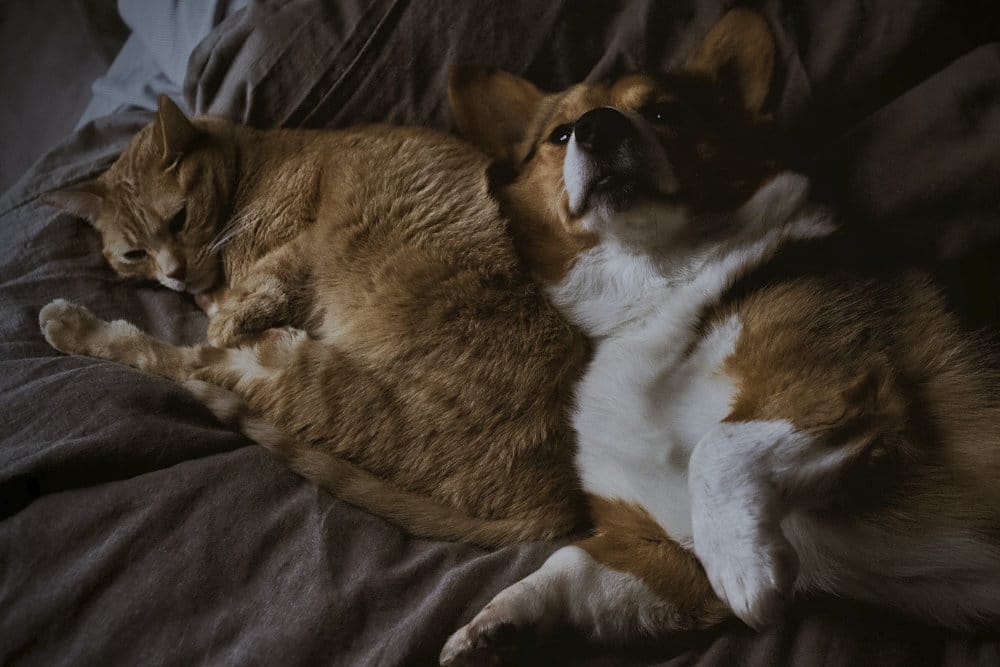
by Anasazi Animal Clinic | Oct 27, 2017 | Anasazi News, Boarding, Cats, Diagnostics, Emergencies, General, General Wellness, In-House Laboratory, In-House Pharmacy, In-House Radiology, Pet Food, Surgery, Uncategorized
Chocolate is a delectable sweet treat for the average human, but it is deadly to animals. Anasazi Animal Clinic, located in Gilbert Arizona, is dedicated to excellent health care for your pets. We are especially passionate about preventative care. Understanding which...
by Gina gina@eastvalleyanimal.com | Sep 19, 2014 | Dentistry, In-House Radiology
Malocclusion refers to abnormal tooth alignment. The most common malocclusions seen in veterinary medicine are: Overbite – maxilla is longer than the mandible. This bite is never considered normal in any breed and is considered a genetic fault. Under bite...
by Gina gina@eastvalleyanimal.com | Sep 19, 2014 | Dentistry, In-House Radiology
This photo to the right depicts a dog appearing to have moderate periodontal disease. However, physical exam alone is not enough. Digital dental x-rays at Anasazi Animal Clinic tell the true story of severe periodontal disease as well as the large apical (root)...
by Gina gina@eastvalleyanimal.com | Sep 19, 2014 | Dentistry, In-House Radiology
Small animals fracture their teeth many ways, from chewing on a cage door, crates or chain link fences. Hard chew toys, ice cubes, or cow hooves may also cause fractures. Auto accidents, aggressive protection training, and dogfights can also fracture a tooth....
by Gina gina@eastvalleyanimal.com | Sep 19, 2014 | Dentistry, In-House Radiology
Persistent deciduous teeth are a very common dental problem seen in puppies and young dogs. The condition occurs when the baby tooth and the adult tooth are present at the same time. A baby tooth is not resorbed unless the permanent tooth develops directly...
by Gina gina@eastvalleyanimal.com | Sep 19, 2014 | Dentistry, In-House Radiology
Like dogs, cats are affected by periodontal disease and fractured teeth, but in addition their oral problems include tooth resorption and stomatitis (inflammation of the oropharynx). Like dogs, cats tend to hide pain and are even better than dogs at hiding oral pain....


